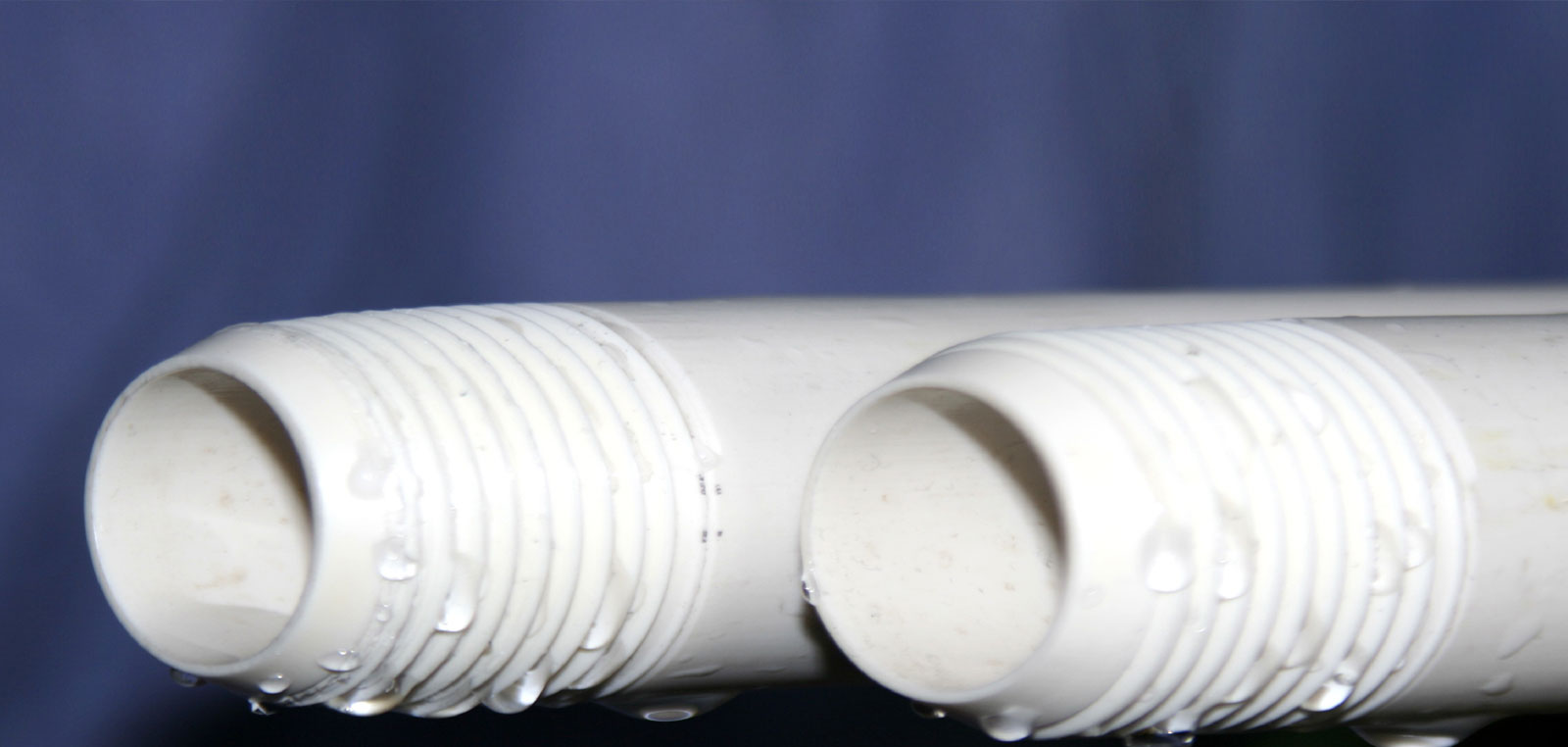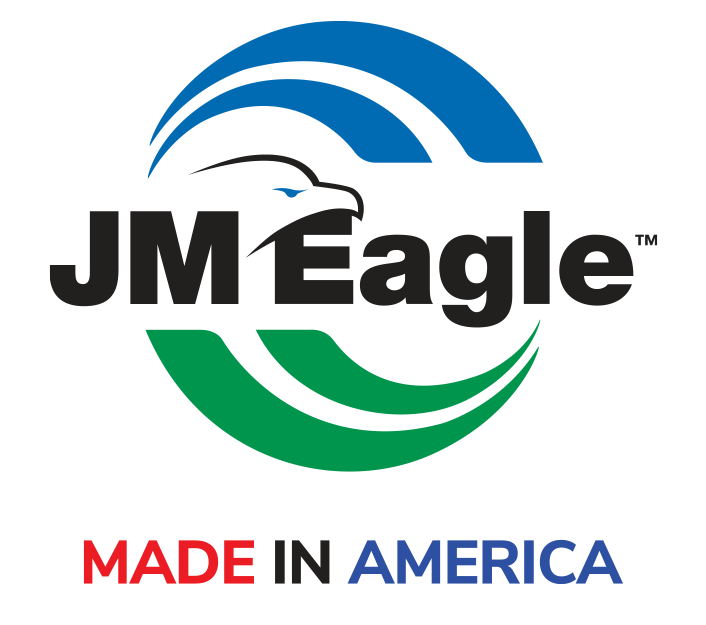
Plastic pipes part of fix for giant sinkhole
Fraser, Mich. — About two miles of polyethylene pipes are carrying raw sewage around a damaged drain interceptor in the Detroit suburb of Fraser, where a sinkhole the size of a football field opened up last Christmas Eve, partially swallowing one house, causing irreparable damage to two others and displacing residents of another 20 homes. (See full article here: https://goo.gl/F3kW5T)
Sixty feet below, an 11-foot-wide sewer interceptor made of non-reinforced concrete had collapsed. The earth gave way and left a 100-foot-wide, 250-foot-long crater along part of a system that transports sewage from 11 cities to a giant transmission line, which then moves it to a treatment plant.
This was the third sewer line failure since 1978 in almost the same place. This time, the shifting ground destroyed three houses and allowed the release of 13 million gallons of wastewater into the Clinton River. It was a choice between releasing wastewater or the risk of raw sewage backing up into thousands of basements in two cities.
For months since then, local officials worried about rain stressing the broken system that serves about 528,000 people. They asked the 150,000 households and 43,000 businesses tapped into it to send as little wastewater as possible down their drains. Use paper plates. Run full dishwashers. Take shorter showers. Flush only solids. And, they pleaded ahead of the Super Bowl: Let's not all rush to the bathroom at halftime. A usage spike could've meant an environmental mess with another discharge of pollutants into the river.
Amid all the concerns, plastic infrastructure has been solving problems, not only in the form of PE pipe for the long-term bypass but a composite material as well that will be used for the replacement interceptor.
When the bypass is fully operational in early April, the interceptor will be rebuilt with centrifugally cast, fiberglass-reinforced polymer mortar (CCFRPM) pipe. The product will come from Houston-based Hobas Pipe USA, which manufactures it from a thermoset resin, such as polyester or vinylester, chopped glass fibers and reinforcing agents.
Bypassing steel
High density PE pipe from JM Eagle and Uponor Inc. is being used for the long-term bypass, according to Chad Cadwell of Sandale Utility Products. The Brantford, Ontario-based business sold the pipe to the general contractor that handled the emergency work.
With estimated sales of $2.45 billion, Los Angeles-based JM Eagle is the No. 1 pipe, profile and tubing producer in North America, according to Plastics News' latest ranking. Uponor, which is in Apple Valley, Minn., ranks No. 14 with sales of $304.6 million.
The bypass will reroute raw sewage around the collapsed pipe for much of 2017. The broken interceptor then can be pumped out and fixed.
"The only way to repair the failing concrete pipe was to completely bypass it," Cadwell said in a telephone interview.
Two 48-inch HDPE pipe lines run side by side for about one mile mostly above ground in a closed-off lane of traffic on 15 Mile Road, a major traffic route near the sinkhole. The giant black plastic pipes cross in front of tidy subdivisions, restaurants and stores, and then dip below grade at busy intersections.
"It's exciting evidence that HDPE pipe can do some really wonderful things," said Peter Dyke, executive director of the PE Pipe Alliance, a trade group based in Tulsa, Okla.
A metal pipe solution would have entailed custom ordering steel or ductile iron pipe.
"They don't carry that kind of stuff on the shelf," Dyke said. "It would have taken two to three times longer to install, and additional discharges into the river would've been assured."
The twin lines are diverting all dry-weather and rain-event flows around the interceptor.
"This essentially allows us to close off the line and get our work done while everything is being pumped around," Lyle Winn, a senior project engineer with the civil engineering firm Anderson, Eckstein and Westrick, said in a telephone interview.
PE pipe was selected for the bypass because time was of the essence, he added. Heavy downpours have sent heart rates racing in Macomb County. Two days after the Super Bowl, more than an inch of rain brought the system just a few gallons from capacity and a second sewage discharge into the river.
"The timeline was the biggest issue," Winn said. "The polyethylene pipe was available in the size needed and it was easy to assemble. The installation method of fusing it was much quicker than if we had steel pipe, which is another material we could've used. But then you have to weld the joints together. The [PE] pipe came in longer sections, too. It just helped everything with the timeline."
The 48-inch plastic pipes connect back into the system by a manifold that feeds the flow to a 54-inch steel pipe. The temporary piping will be used into autumn.
"The bypass gives the contractor plenty of time to make the permanent fix for the system," Dyke said.
Sinking cash into a fix
This sewer system has had a history of failures since it was built in 1973. About 1,000 feet west of the current collapse, a sinkhole formed in 1978 and cost $25 million to repair. Then, in 2004 — and about 1,000 feet from the 1978 collapse — the ground caved in again and completely blocked the interceptor. That repair work took about nine months and cost $53 million, which is still being repaid through an average rate hike of about $12 per year through 2030.
Cost estimates for the current work range from $75 million to $150 million, depending on the extent of work needed. About $8 million of construction bypass work was completed as of mid-March. Now the collapsed portion of the system can be fixed at a cost of about $32.7 million, starting with the excavation of a shaft roughly 300 feet long, 30 feet wide and 60 feet deep and then the replacement of the damaged 11-foot-diameter interceptor.
County officials selected Texas' Hobas Pipe for the interceptor because it had used a similar material from another manufacturer in the past, Winn said. It is produced with a centrifugal casting process that builds the wall structure from the outside surface to the interior surface within a rotating mold. The resin, reinforcing glass fiber and aggregates are distributed at computer-controlled rates.
Macomb County Public Works Commissioner Candice Miller held up a piece of the composite pipe in a March video update to residents.
"It will line the interceptor so it will strengthen the pipe and [extend] the life expectancy of the pipe. It could be several hundred years actually. It will be very expensive, but we do have to do that," Miller said.
Local officials expect the cost of the sewer collapse response and repair to total $75 million by the estimated completion time of Thanksgiving Day. If a second phase of preventative maintenance work is needed and approved, the anticipated cost is another $75 million.
The entire system, which is officially called the Macomb Interceptor Drainage District (MIDD), stretches 17.2 miles. Local officials hired Red Zone Robotics of Pennsylvania to inspect the whole span with information-gathering cameras, lasers and robots for $1.5 million. Taking a close look at the 91,000 lineal feet of interceptor pipes will help engineers determine how much of the remaining system needs to be replaced or rehabilitated.
"This is a critical piece of the puzzle," Miller said in a news release. "Once we have a better handle on the condition of these interceptor pipes, we'll be able to determine what additional work, if any, needs to be done to prevent another sinkhole situation."
And, if any more bypasses are needed down the line, the county will have the material for the job on hand. PE pipe can be cut out, moved and reused to upgrade another part of the system.
"The appeal of PE pipe is being able to refuse it and reuse it," Cadwell said. "That was the main selling point. It can be reused. Right now we're bypassing one mile, but this pipe could be failing all over and there's about 16 more miles of it."
